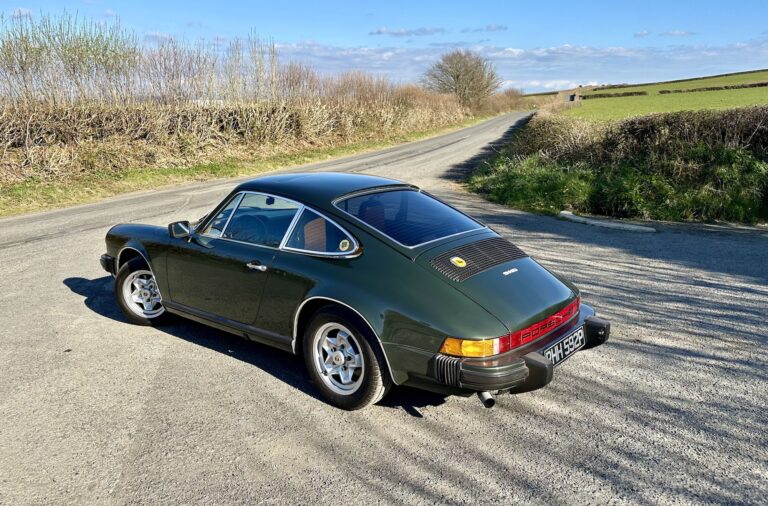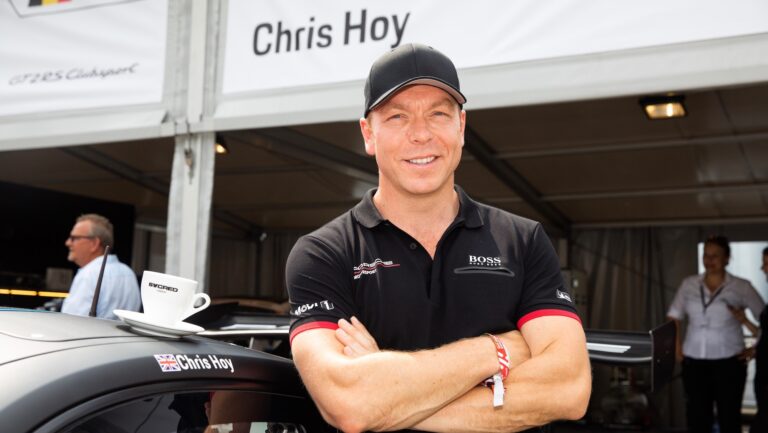 By Lee Sibley
3 years ago
By Lee Sibley
3 years ago
When should you rebuild an air-cooled engine?
An engine rebuild is the one job we all dread. But why and when do air-cooled Porsches need one? Wrightune's Chris Wright explains the top end from your bottom end, and tells 9WERKS what to look out for…
Two words we never want to hear at service time are ‘engine rebuild’. But what issues mean an engine rebuild is needed, and what should you look out for, to know the job is coming? Chris Wright, from Oxford-based Wrightune is constantly rebuilding air-cooled motors, and explains all.
It may be the job we fear, but we shouldn’t be too worried, says Chris. “Fundamentally air-cooled engines are very well engineered. If you keep them topped up with oil, even with issues, they’ll probably still run forever,” he jokes, reinforcing the importance of regular servicing of our cars.
“As a rule of thumb, 80-120,000 miles is the time they need top end attention – piston rings and valve guides. Beyond that, 160,000-plus is where we see them requiring bottom end work,” he reveals. Those aren’t gospel; all cars are different, and any work can spread. Once you have the top end apart, it isn’t much more work to go deeper, and it can make sense to rule out other work whilst you’re in there. Chris points out that for some owners, top end work often spreads to a full rebuild purely so it all looks spot on afterwards, rather than do half a job. Equally, the short air-cooled engine (crank, case and rods) is so well engineered, yours may pass as still in superb health when checked. “Some bearings are still amazing at 160,000,” Chris says.
Categories
Top end issues centre on worn piston rings, valves/seats and guides, or from head stud corrosion, common in cars being used after long term storage. Corrosion and heat cycles then mean the studs snap. Storage can allow corrosion on cam lobes and rockers (yes, water can form in oil if left long enough). So an initial symptom or issue can quickly spread to mean the crankcase needs to come apart, once you start looking about.
Warning signs come from three symptoms; oil leaks, oil consumption, or a mechanical issue such as knocking or rattling. Note two oil-related symptoms: If it smokes like a Red Arrow, you should be able to tell the rings or valve guides are shot. Excessive oil leaks will present on crankcase seams, or the crank pulley seal. The first sign might just be spotted by checking the level regularly (you do, don’t you? 9WERKS told you how). “I would be concerned if oil consumption is greater than 1L/2000 miles,” Chris says. Mechanical issues might be rattling chains down to the air-cooled engine’s achilles heel; failed timing chain tensioners, which may allow the chain to rattle audibly.
Don’t be overly concerned though, says Chris. A rebuild is major work, but all cars need one eventually. “I’ve seen them leaking oil, with almost every head stud broken, barrels barely on and blowing their head off, yet the unknowing owner has driven the car here as the engine was still running,” he recalls. “They’re relatively bulletproof – just keep them topped up with oil!” he adds.





















